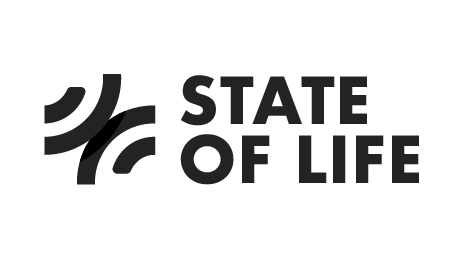Pumped up on social value? The risks of trying to look too big, too fast.
Can you believe everything you see with social value?
The temptation is understandable - simply enter some basic data on your programme e.g. the number of participants and the social value bank or calculator will give you some impressive looking figures for your social and economic value. Bosh - you look good, big, fast and your funders will go ‘oooooohhhhh’.
Or will they have a lingering doubt about the credibility of your numbers? Will they start to ask difficult questions? Questions like:
Have you actually asked the people who are meant to benefit from your project if it has worked for them?
How is your impact different to other, similar projects?
Have you factored in the socio economics of the people, area?
Please read our free step by step guide to social value. There are three crucial and interdependent steps:
Be clear on the outcomes you want to evidence and impact on (e.g. mental health) and measure those with your participants
Establish and evidence, by asking real people the right questions. Make sure it was your programme / project (and not something else in life) that contributed to any improvement in those outcomes
Then, once you have evidence that you caused the impacts, look to attached a social and economic value in line with HMT Green Book guidance (the UK Government bible on how to attach economic value to policies and programmes).
But we need to stress - this is not a mix and match process, you cannot miss out step 2 and this is, unfortunately, exactly what a lot of the social value banks and calculators do.
The temptation to miss this step is understandable - precisely because it is the crux of social impact and value, it’s the most difficult bit. But if you don’t do the work to demonstrate that your project actually causes any impact - then you should not start attaching big social value to the project.
This is why at State of Life we are producing methodology and technology to make this practical and credible for organisations big and small.
It’s this same method recommended in the 2021 HM Treasury Green Book Supplementary guidance on wellbeing.
We want to see a sector with fit, lean, strong social impact figures - not those pumped up on any easy fix. After all, there’s often damaging long term implications attached to short term fixes - just ask body builders.

